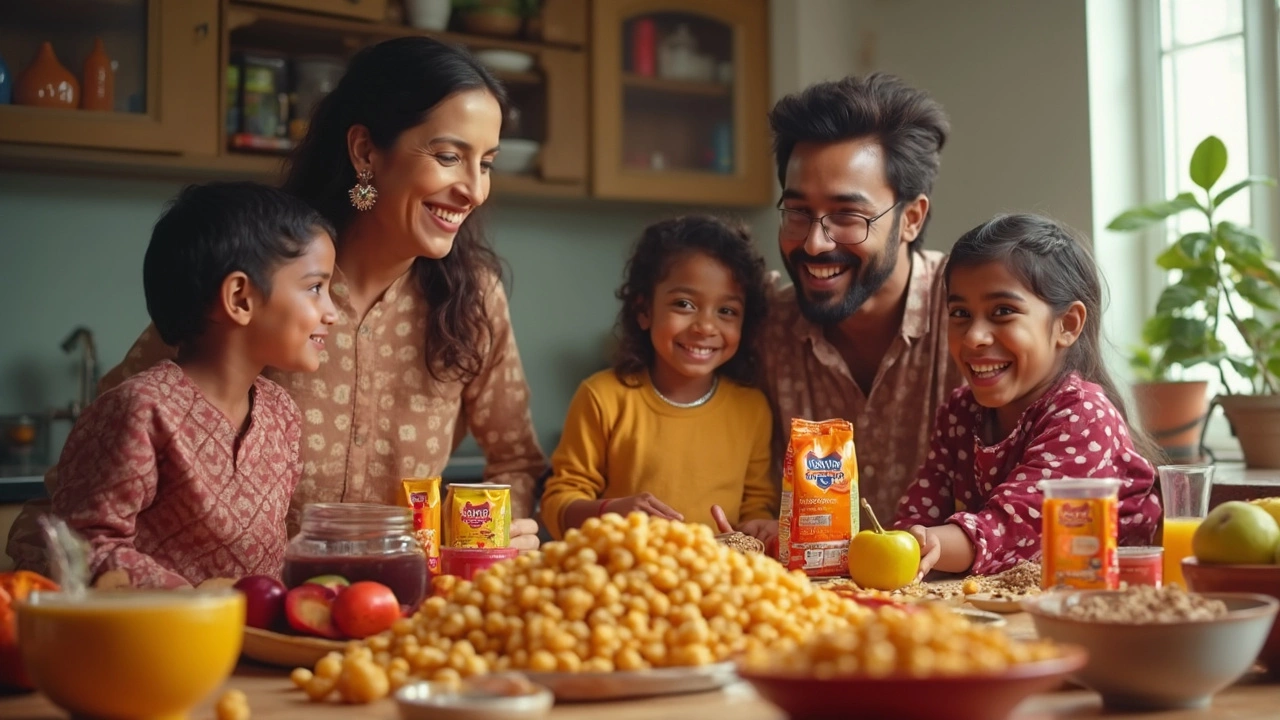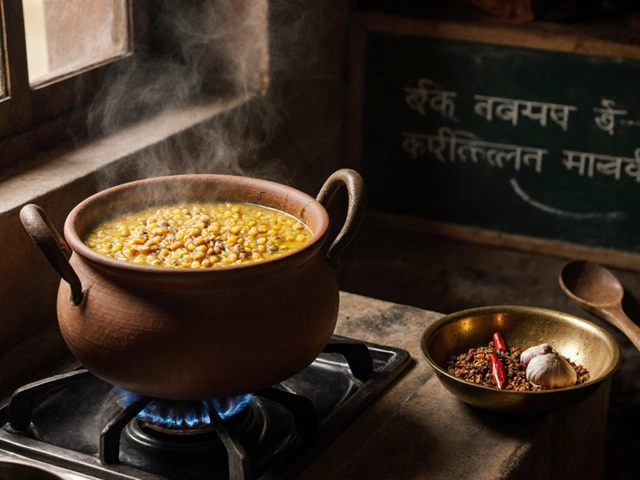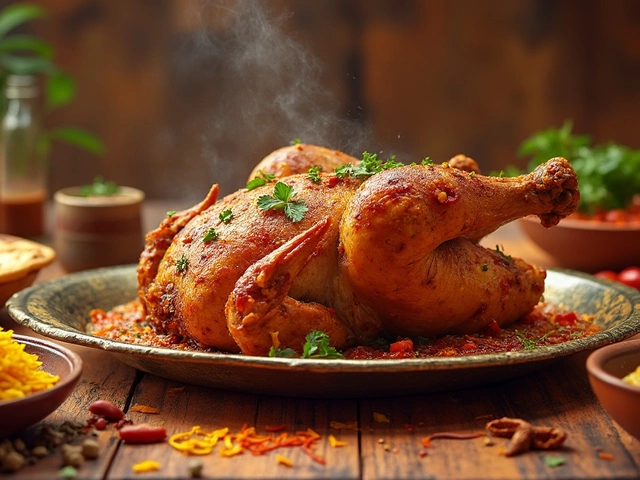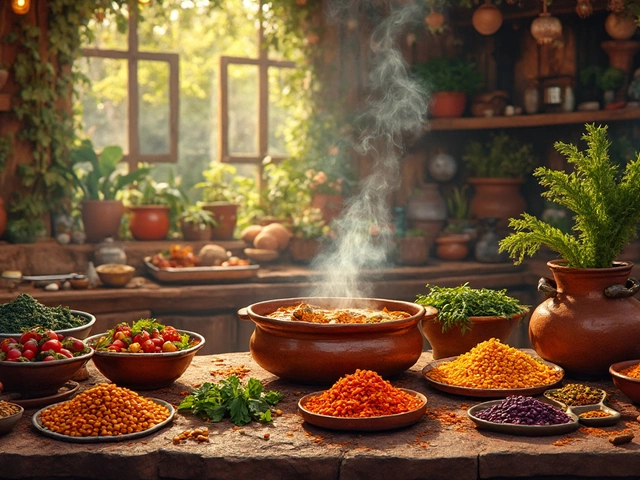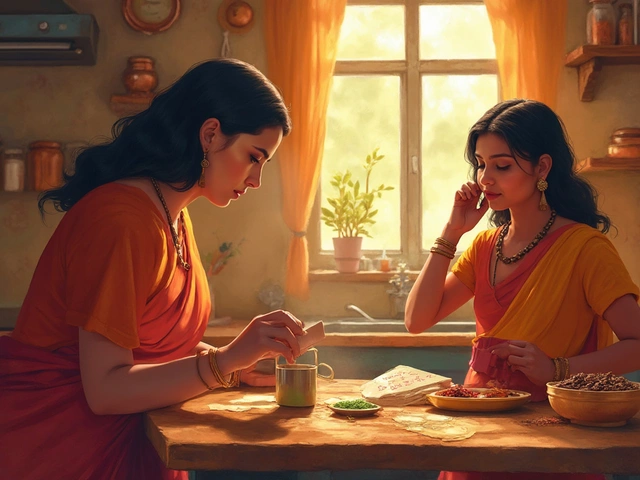If you’re always on the hunt for a tasty bite but still want to keep your health in check, here’s a truth bomb: ultra-processed snacks take the crown for the most unhealthiest food in the world. These aren’t just regular chips or occasional treats—we’re talking about deep-fried, super salty, and sugar-packed foods that sit on supermarket shelves for months. Stuff like packaged samosas, spicy potato chips, and instant noodles seem harmless, but wait till you know what’s inside.
The shocking part? Many of these snacks pack more artificial colors, preservatives, and empty calories than any real nutrition. A single small pack of masala-flavored chips often has more salt and trans fat than you should eat in an entire day. That’s not just a little unhealthy—that’s health disaster in disguise. And if you’ve ever felt sluggish or bloated after munching on them, it’s your body waving a red flag.
Want to dodge these food traps? It starts with knowing how to spot the hidden stuff. ‘Low-fat’ or ‘baked’ labels don’t automatically mean healthy. Instead, look at the ingredients and watch for things like palm oil, corn syrup, and words you can’t pronounce. Eat these treats only on rare occasions, not every day after work. Your heart, waistline, and even your mood will thank you.
- Meet the Real Snack Villain
- Why These Foods Are So Dangerous
- Indian Junk Snacks: Warning Signs
- Healthier Indian Snack Swaps
Meet the Real Snack Villain
So, what exactly is the most unhealthiest food in the world? It’s not one single snack—it’s the whole category of ultra-processed junk. This stuff is everywhere: packaged namkeens, instant noodles, kurkure, and so-called “vegetable” chips. Don’t be fooled by flashy packaging or words like “light” or “baked.”
Here’s the harsh truth: these snacks are loaded with empty calories, low on actual nutrition, and packed with things your body doesn’t need. In India, that can look like:
- Deep-fried potato chips and bhujia loaded with trans fats
- Packaged samosas and pastries with hidden sugar and salt
- Instant noodles jacked up with MSG, sodium, and artificial seasoning
- Colored sweets and drinks pumped full of chemicals
Want to see how these snacks stack up? Check out this comparison table. You’ll see how little nutrition they give, and how much trouble they pack into such a small serving size.
| Snack | Calories (per 50g) |
Sodium (mg) | Trans Fat (g) | Sugar (g) |
|---|---|---|---|---|
| Packed Potato Chips | 270 | 370 | 1.5 | 0.5 |
| Instant Noodles | 220 | 830 | 1.1 | 1.25 |
| Packaged Samosa | 215 | 410 | 2 | 2.2 |
| Fried Bhujia | 250 | 600 | 1.8 | 0.2 |
Seeing the numbers, it’s clear why these are the main junk food threats. Even a handful can eat up most of your daily salt and trans fat limits without giving you lasting energy or nutrition. The real villain isn’t just the obvious fast food chains—it’s those easy-to-grab packets sitting right at home or in the office drawer.
Why These Foods Are So Dangerous
When people snack on things like deep-fried chips, sugar-filled sweets, or those tempting spicy mixtures from a bag, they’re often getting way more than they bargained for. The problem isn’t just empty calories—it’s the hidden load of ingredients that mess with your health, often without you noticing.
Most of these snacks are loaded with trans fats, artificial flavors, and preservatives. Trans fats are especially sneaky—they raise your "bad" LDL cholesterol and lower your "good" HDL cholesterol, raising your risk of heart disease big time. The World Health Organization actually wants trans fats gone by 2025 because of these major risks. That’s not just talk; according to a recent Indian Health Ministry survey, over 40% of packaged snacks tested had higher trans fat levels than allowed by law.
Salt is another villain. Packaged snacks can contain more sodium in one small serving than you should eat all day. High salt equals higher blood pressure, which puts you in the danger zone for stroke and kidney problems. It’s just not worth it.
Sugar is everywhere too. Even “savory” Indian snacks often sneak in sugar or corn syrup. Extra sugar just adds to your waistline and can mess up your blood sugar, making diabetes a real threat over time.
To see just how unhealthy these snack foods can get, check out this quick comparison:
| Snack Item | Trans Fat (g per 100g) | Sodium (mg per 100g) | Hidden Sugars? |
|---|---|---|---|
| Packaged Potato Chips | 5 | 1000 | Yes |
| Tinned Mithai | 4 | 300 | Yes |
| Instant Noodles | 2 | 1200 | Yes |
| Home-Roasted Chana | 0 | 80 | No |
That table says it all—the most unhealthiest food isn’t just high in one thing, but packs a dangerous combo of fats, salt, and sugar. And don’t forget the fake colors and flavor enhancers. These double trouble for people with allergies or migraine headaches.
If you want to dodge trouble, the easiest move is to cut down on packaged stuff and check labels for those key troublemakers: trans fat, sodium, and hidden sugars. Get into the habit of comparing packages before you buy. Your body will seriously thank you.
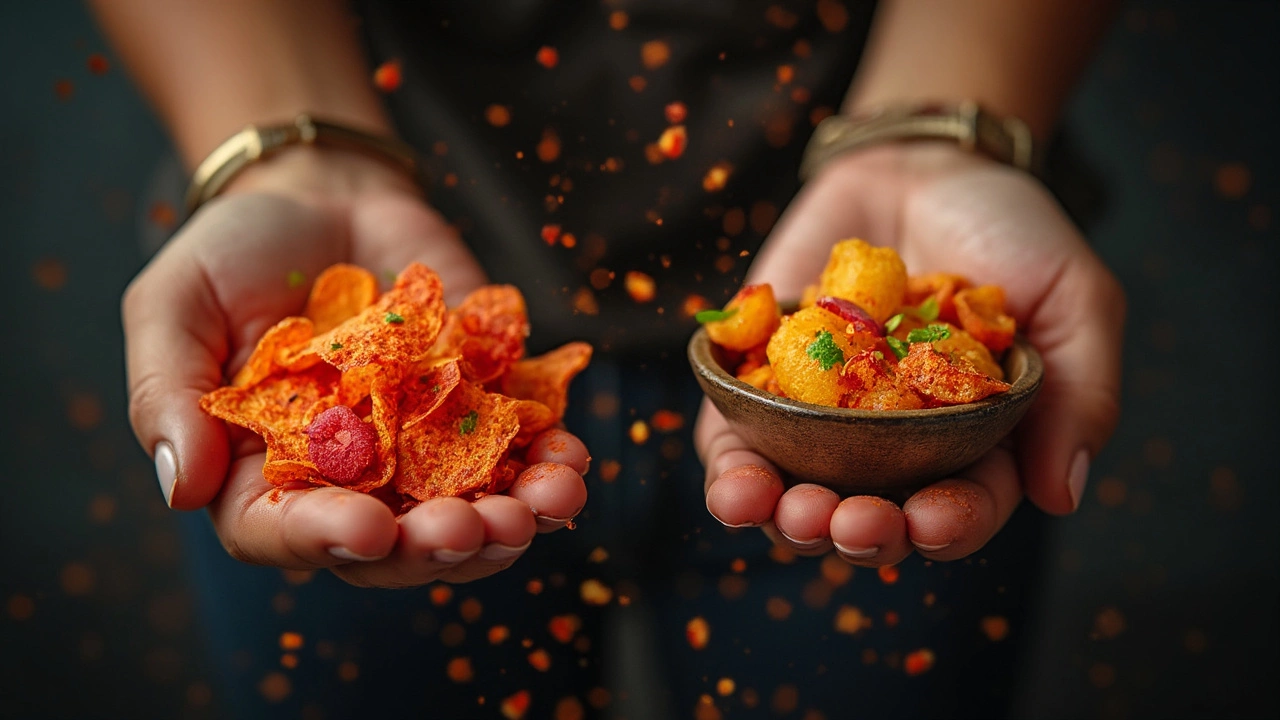
Indian Junk Snacks: Warning Signs
Let’s face it: a lot of the snacks you find at Indian grocery stores look tempting, but they’re loaded with red flags if you want to eat healthy. Ever check the packet of your favorite bhujiya, fried namkeen, or masala potato chips? You’ll notice they’re almost always high in salt, bad fats, artificial flavors, and sometimes even hidden sugar.
Here are the top warning signs that you’re dealing with a snack that’s bad for you:
- Unhealthiest food labels love hiding behind words like “crispy,” “crunchy,” or “spicy.” Most of these mean the food is fried or flavored artificially.
- The ingredient list looks like a chemistry project. If you spot unpronounceable additives, colors, or E-numbers, it’s time to walk away.
- High sodium counts—one tiny 30g packet of popular Indian chips can have 250-300mg of sodium, sometimes more, pushing you towards your daily limit in minutes.
- Trans fats and hydrogenated oils, which can make snacks last longer on the shelf but seriously harm your heart.
- Sneaky sugars—look for glucose, dextrose, and other “-ose” endings even in snacks that claim to be spicy or salty.
Some major brands now mention nutrition facts more clearly. If you actually check, the numbers might surprise you. Here’s a side-by-side look at popular Indian junk snacks, so you see the comparison yourself:
| Snack | Serving Size | Calories | Sodium (mg) | Trans Fat (g) | Sugar (g) |
|---|---|---|---|---|---|
| Packaged Namkeen (Aloo Bhujia) | 30g | 180 | 270 | 0.5 | 0 |
| Masala Potato Chips | 30g | 165 | 290 | 0.3 | 1 |
| Papad (Fried) | 20g | 100 | 290 | 0.2 | 0 |
| Instant Noodles | 70g | 315 | 1200 | 0.6 | 2.4 |
Notice anything? That sodium in instant noodles is off the charts. Even the smaller portions add up fast, especially if you’re snacking a couple of times a day. And every bit of trans fat and sneaky sugar chips away at your health, even when you don’t taste it. That’s why reading, checking and making swaps is so important if you don’t want snacks to sneak up on you later.
Healthier Indian Snack Swaps
You don’t have to quit snacking just to stay healthy. There are loads of tasty Indian snacks that actually support your health goals—no more mystery ingredients or hidden sugars. And you’ll be surprised how simple these swaps can be.
The trick is to go for snacks with whole foods, natural flavors, and very little processing. Ditching the usual fried or packaged options for fresh recipes makes a real difference. Here’s what to put on your snack radar:
- Roasted chana (gram) – High in protein, crunchy, and super filling, without dodgy oils or additives. A handful gives you about 6g protein and barely any fat.
- Fruit chaat – Chop up apples, bananas, guava, and a sprinkle of chaat masala for real flavor. No sugar syrups needed.
- Homemade bhuna moong dal – Lightly roasted yellow moong is low-cal and offers a steady trickle of energy instead of a sugar crash.
- Dhokla – Steamed instead of fried, it’s low in fat, and a small serving even gives around 3g fiber to help keep you full.
- Sprout salad – Moong or moth sprouts with tomatoes, onions, and lemon pack in vitamins and can help support your digestion.
- Paneer tikka – Marinated and grilled, not fried, so you get protein but not those unwanted fats.
Check out this simple comparison between popular Indian junk snacks and their healthier swaps:
| Regular Snack | Calories (per 30g) | Main Issues | Healthier Swap | Calories (per 30g) | Main Benefits |
|---|---|---|---|---|---|
| Packed potato chips | 160 | Trans fats, high sodium | Roasted makhana (fox nuts) | 90 | Low cal, natural crunch, iron |
| Samosa (fried) | 130 | Saturated fat, refined flour | Steamed dhokla | 55 | Less oil, more fiber |
| Namkeen mixture | 180 | Sodium, artificial colors | Sprout salad | 60 | Protein, fiber, vitamins |
| Instant noodles | 140 | Refined carbs, MSG | Fruit chaat | 75 | Natural sugars, vitamins |
If you want variety, stock your kitchen with roasted nuts, plain yogurt (add a pinch of cumin or fruits), or khakhra. Stay away from anything that lists palm oil or ‘hydrogenated fats’ in the ingredients. Remember, the unhealthiest food isn’t just about fat or sugar—it’s that perfect storm of processing, additives, and a lack of real nutrition. So, next time snack cravings hit, your best bet is to keep it fresh, simple, and quick to make at home.





